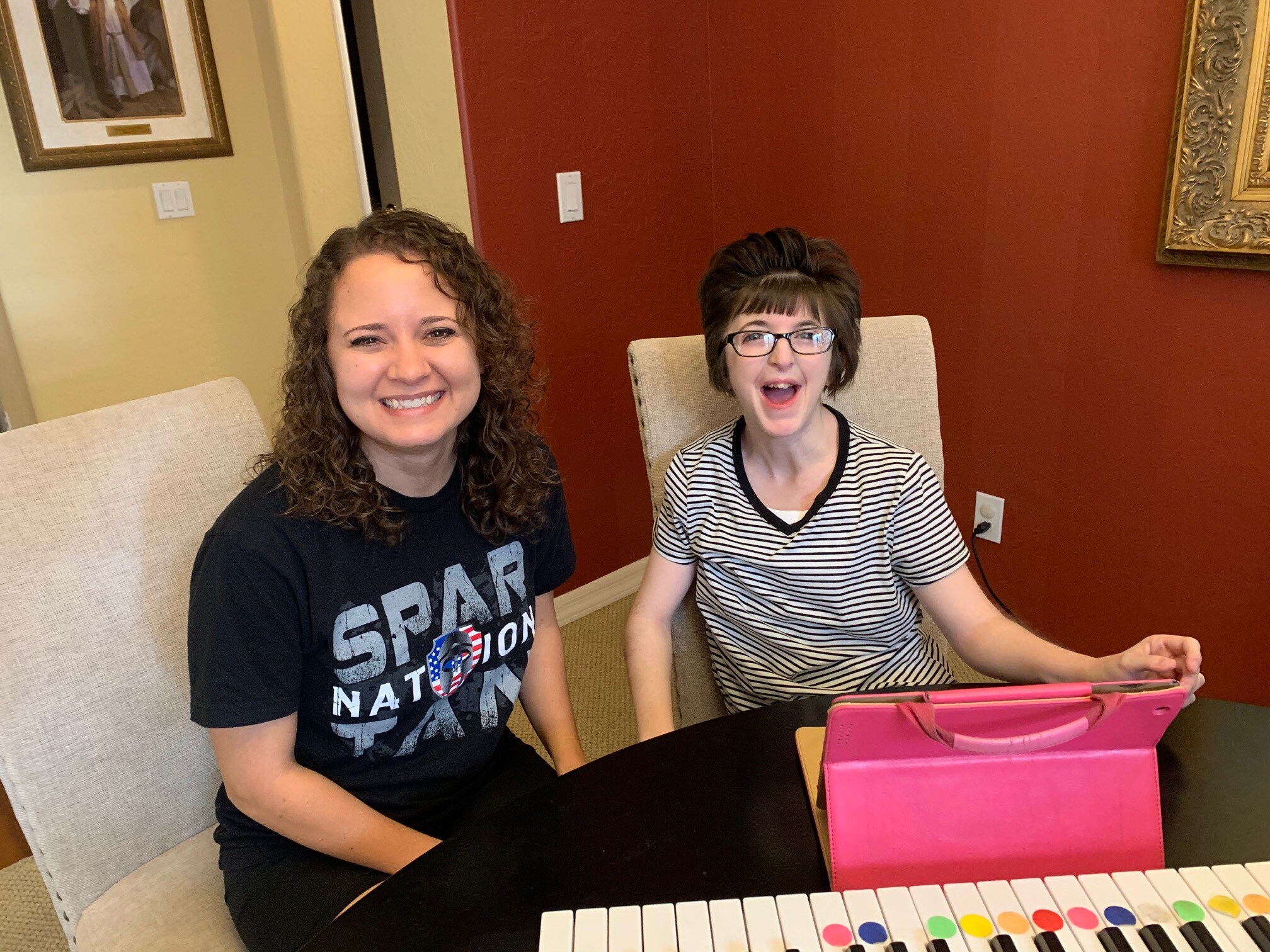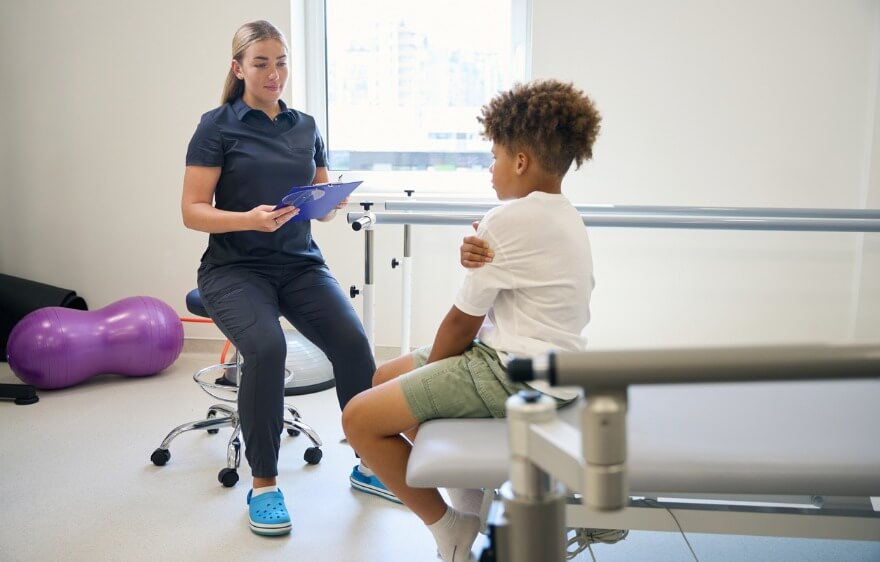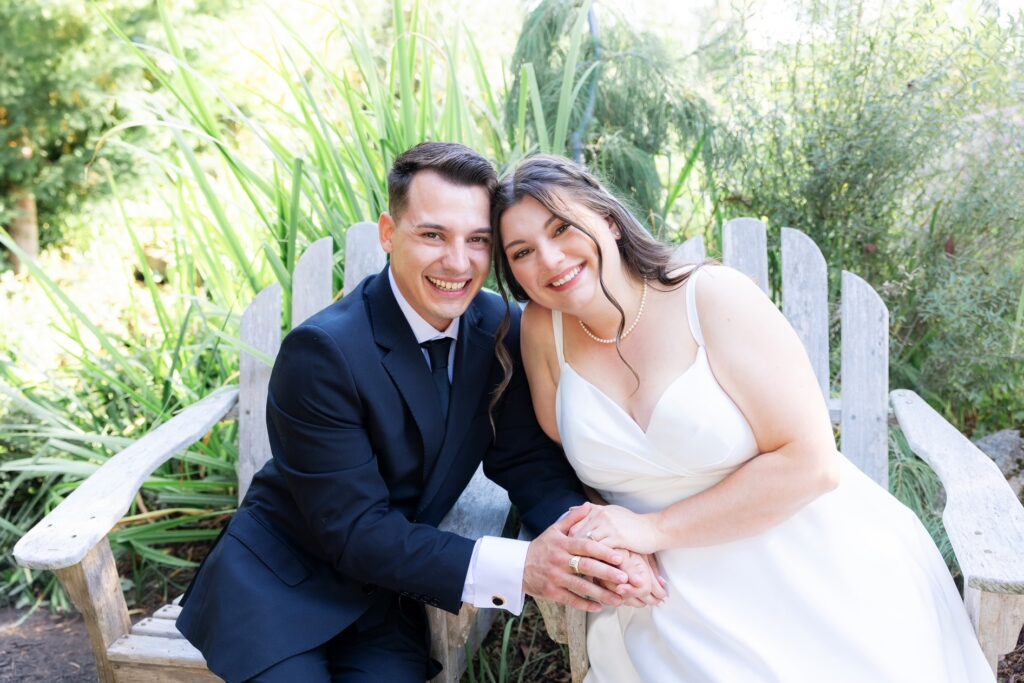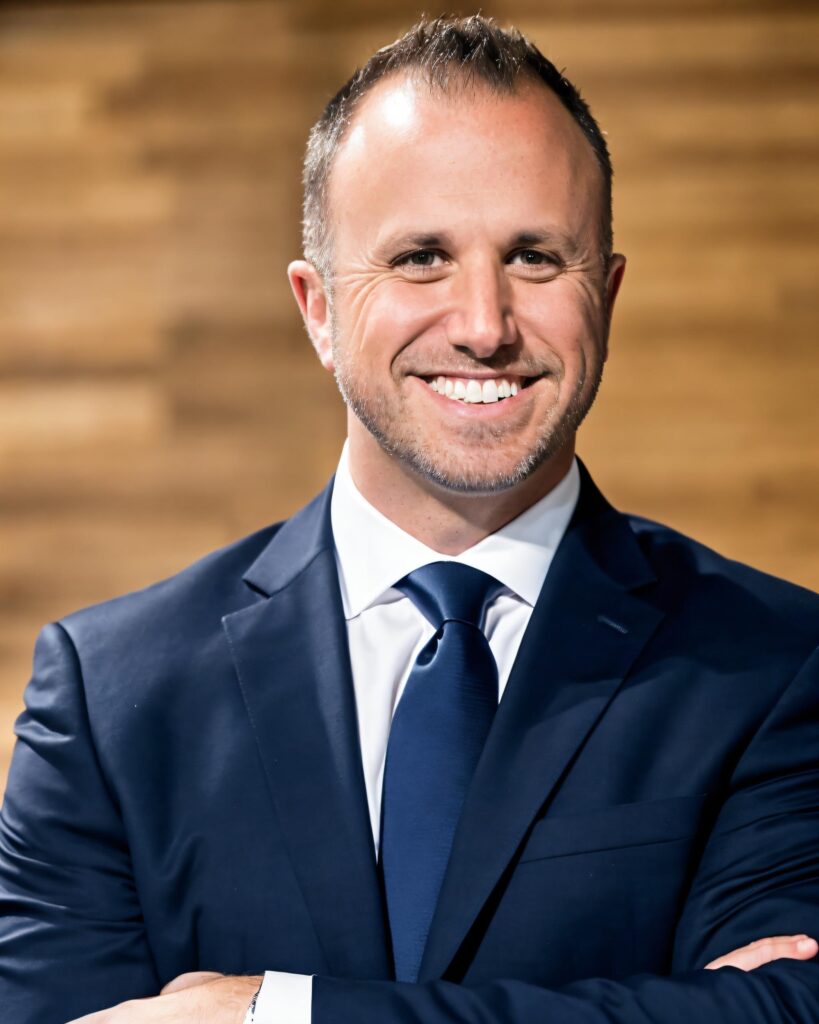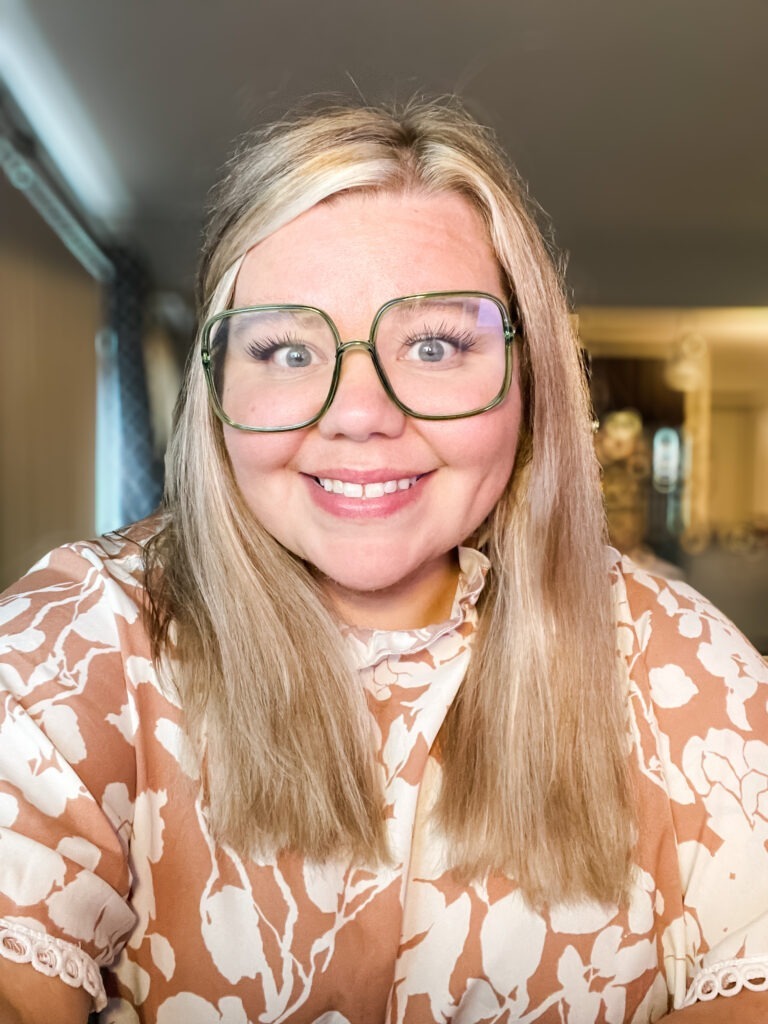At three months of age, Kendall was diagnosed with Rubinstein-Taybi Syndrome (RSTS), a rare genetic disorder that affects many organs. RSTS is characterized by growth delays, distinctive facial features, intellectual disability and feeding difficulties.
Management of the disorder generally involves monitoring of growth and feeding, yearly eye and hearing evaluations, and evaluation for cardiac, dental, and renal abnormalities.
Plan of Care
Kendall is non-verbal, so she started speech therapy when she was several months old and began modified American Sign Language (ASL) between 12-15 months of age. Due to her limited speech and fine motor skills, Kendall started using the Picture Exchange Communication System (PECS®) cards.
“PECS® cards allow people with little or no verbal communication abilities to communicate using pictures. They are taught to approach another person and give them a picture of a desired item in exchange for that item. By doing so, the person is able to initiate communication” adds Gigette, Kendall’s speech-language pathologist.
 Several studies have shown PECS® helps people develop verbal language. Studies have also shown that PECS® can decrease tantrums and odd behaviors. For example, an individual may cry because they are thirsty. However, a parent or teacher may not understand why they are crying and as a result their needs will remain unmet. However, if an individual has access to communication pictures they can quickly communicate their needs.
Several studies have shown PECS® helps people develop verbal language. Studies have also shown that PECS® can decrease tantrums and odd behaviors. For example, an individual may cry because they are thirsty. However, a parent or teacher may not understand why they are crying and as a result their needs will remain unmet. However, if an individual has access to communication pictures they can quickly communicate their needs.
“I will never forget the day that she reached for the Goldfish cracker card and then crawled over to me and gave me the card. I asked her, ‘Kendall, would you like a fishy cracker?’ She grinned so big and wiggled her arms and legs! Our little girl was able to communicate!,” added Shawna, Kendall’s mother.
“This achievement led to picture cards all over the house. She did best with actual pictures and labels from snack packages and cereal boxes. The PECS® symbols were a bit more difficult for her to learn or recognize, but we put those cards on the toy cabinet, near her shoes, books and movies,” adds Shawna.
“The first PECS® symbol she learned was the symbol ‘swing.’ She loved swinging in our backyard so that card was placed on our back door. On a cold Spring morning, she crawled over and took that card off the door and brought it over to me. I asked her, ‘Kendall, do you want to go outside and swing?’ She squealed and grinned and wiggled her arms and legs in excitement. I quickly bundled her up and we went outside to swing! OH, THE JOY and EXCITEMENT for both of us! These communication cards changed our lives! Cards went with us everywhere — all over our house, in the car, and to grandma’s,” said Shawna.
Preschool, Elementary School Experience
Once Kendall entered preschool, she was introduced to Go Talk 9+, an Augmentative and Alternative Communication (AAC) device that supports those with limited to no speech throughout their daily activities. She used the device to request snacks and choose activities.
In third grade, Kendall started using a DynaVox M3, a device focused on the use of pre-recorded digitized speech and scene-based functional communication.
 “I have seen amazing progress in communication skills with my primarily non-verbal clients, all thanks to augmentative and alternative communication devices. Kendall was one of my first clients with a device. It opened my eyes to how limited her life and communication had been and how impactful speech therapy and communication devices truly can be in our clients lives,” said Gigette.
“I have seen amazing progress in communication skills with my primarily non-verbal clients, all thanks to augmentative and alternative communication devices. Kendall was one of my first clients with a device. It opened my eyes to how limited her life and communication had been and how impactful speech therapy and communication devices truly can be in our clients lives,” said Gigette.
“The very first thing she learned how to say using the DynaVox M3 device was, ‘Happy Birthday Daddy.’ She surprised him as he walked through the door! Listening and watching her navigate through that device was amazing! She finally felt like she had a real voice!,” adds Shawna.
Speech therapy with Gigette was instrumental in building Kendall’s vocabulary with the ACC devices. Snacks, music, books and swinging all were introduced using the devices. Once she started asking or requesting on the devices, Shawna would immediately provide the snack, toy or activity she requested.
“The DynaVox M3 went everywhere with us — it was quite heavy and cumbersome, but we didn’t mind. Our daughter had a voice and could tell us and those around her what she wanted. The device opened her little world, and ours too,” adds Shawna.
“When the iPad arrived and apps were being created, Gigette introduced us to the Proloque-to-Go app and currently the TouchChat app. The iPad was so much more convenient and easy to carry. The ability to take and upload real pictures of people and things was so welcomed,” said Shawna.
“The apps for the iPad definitely offer a dynamic communication solution for Kendall, as it includes customizable features and a wide range of vocabularies, languages and voices,” adds Gigette.
“Kendall has absolutely soared with this communication app on the iPad! She is able to communicate with her friends, cousins, people in the store, doctors and therapists. She is able to tell us when something in her body hurts, if she likes or dislikes something, if something is too loud or cannot hear it well,” said Shawna.
Kendall’s Progress to Date
Kendall is now 25-years-old, and is doing amazing!
Kendall has benefitted from speech therapy in the clinic, at home, and since COVID, is now benefiting from speech therapy via teletherapy. Teletherapy allows Shawna to be present in the session so she can follow-up with what she is learning, and navigate through her iPad.
“Gigette has been our greatest expert, support and advocate in Kendall’s communication process and learning for 10+ years.”
 “Kendall would not be where she is with her language/communication without Gigette’s expertise, talent, skill and unconditional love that she has for her clients and friends. We will be forever grateful,” adds Shawna.
“Kendall would not be where she is with her language/communication without Gigette’s expertise, talent, skill and unconditional love that she has for her clients and friends. We will be forever grateful,” adds Shawna.
“I am so proud of Kendall and how she never gave up on us helping her find her voice. She sat while we modeled and programmed, and still amazes me when she can find things faster than any of us with her device. Now that she has a voice, we can work on building the language skills that have helped her attend more social events and be more a part of her community. The most rewarding part of my job is seeing her do more, say more and just live her life to the fullest,” added Gigette.
Schedule Your Child’s Care Assessment Today
At Care Options for Kids, our dedicated team of pediatric home health clinicians is here to support your family with compassionate, expert care tailored to your child’s needs.
Click here to start your journey to better care.
